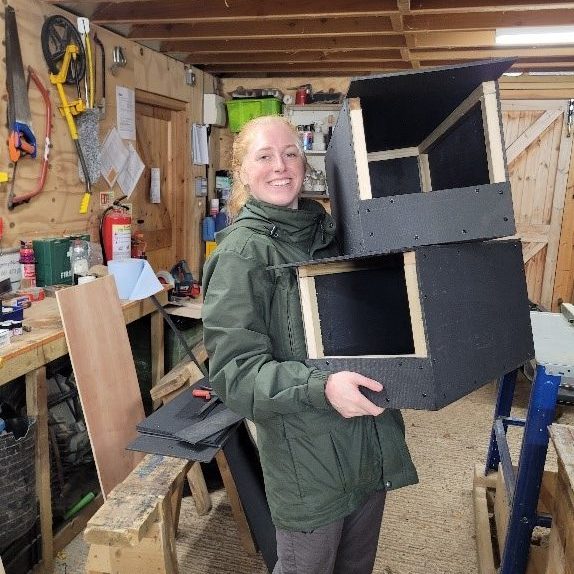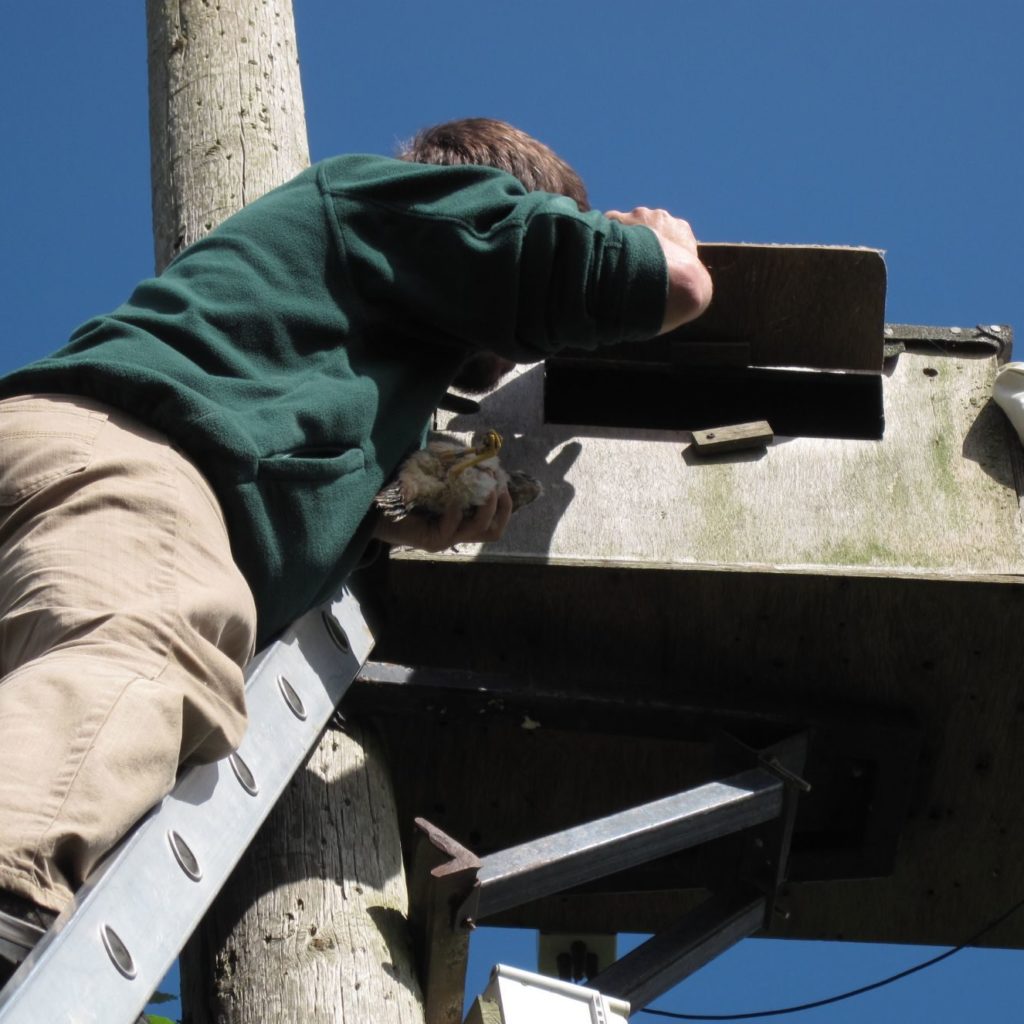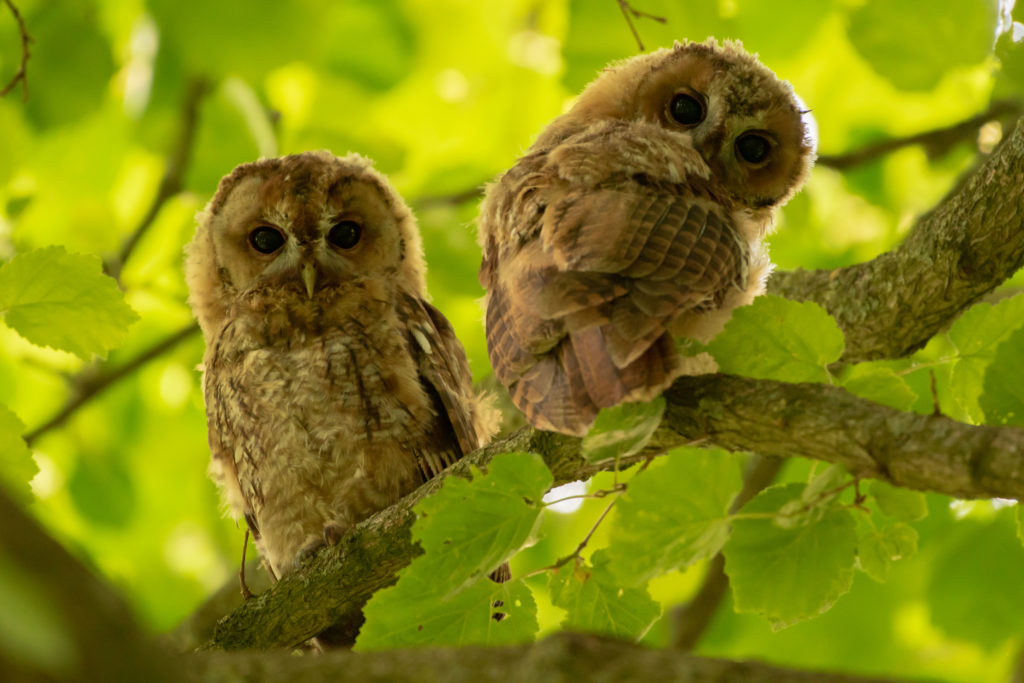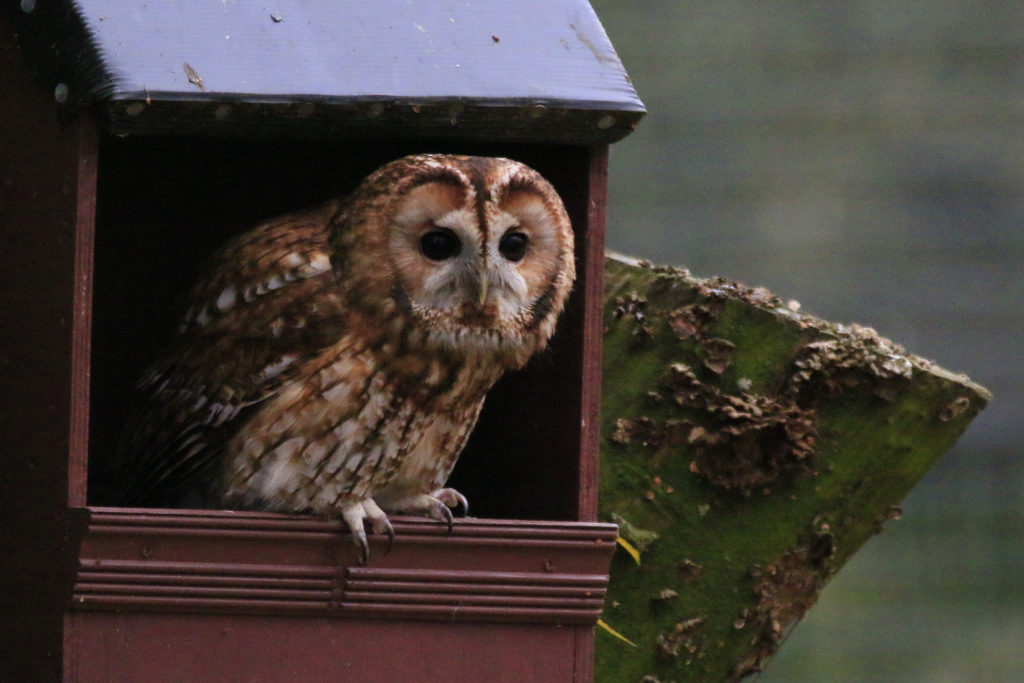
As we get back into the hectic season of nest box checks for our Raptor Nest Box Project, we wanted to share our progress from last year!
Last year our nest box network grew to over 1600 boxes, most of which fall in a core area of about 4,500Km2, although we have many placed outside that area too.
Over the last couple of months our team of volunteers and our British Raptor Programme Research Assistant, Tanith Jones, have been busy building new and replacement boxes. This helps maintain and grow our network of boxes as old or broken ones are replaced and new ones put up. It does mean, however, that the area and number of boxes to cover for our British Projects Manager, Dr Matt Stevens, is pretty extensive and makes for a full-on next few months!


2024 looked set to be a great year for numbers of the birds targeted in this project, Little Owls, Tawny Owls, Barn Owls and Kestrels, and while the amount of rain quite literally dampened our expectations and unfortunately quite possibly numbers too, it still looks as though all four species produced good numbers across our Southern England survey area. At least 7 Little Owls, 66 Tawny Owls, 340 Barn Owls and 220 Kestrels fledged from our boxes in 2024. That means a minimum of 1800 Kestrels, 370 Tawny Owls, 65 Little Owls and 2500 Barn Owls have fledged from the Raptor Nest Box Project boxes since the project started with just 38 boxes back in 2008!
At this time of the year, in particular, we like to remind everyone of intrepid Tawny Owl chicks! Tawny Owl chicks are highly adventurous and tend to leave the nest well before they are able to fly. The young owlets hop from branch to branch, exploring their surroundings; a behaviour known as “branching”. Consequently, chicks will often fall to the ground, their landing softened by their thick, fluffy feathers. Even at a young age they have strong beaks and feet and so are usually able to climb back up the tree to the nest, and their parents will continue feeding the youngster even while they are on the ground. If you do come across a young Tawny Owl on the ground, the best thing to do is leave it where it is, unless it is in immediate danger or is noticeably injured. If you do think it is in immediate danger, for example from cars on a busy road, you can move it to a nearby hedge or branch to avoid the danger.


Our Tawny Owl boxes are designed with a deep, narrow chamber inside to delay these adventurous chicks emerging too soon before they are ready to fly. This will hopefully help ensure more chicks of this British Amber Listed bird of prey make it to adulthood.
These nest boxes not only provide potential nesting locations to cavity nesting birds of prey, but they also provide us valuable research opportunities into these birds that would otherwise be tricky for us to get. This year, for example we will be making use of these boxes to help us place tracking tags onto some adult Kestrels to carry out research never done before in the UK – watch this space for all the updates. This year our team fundraiser is in support of our Kestrel conservation efforts. If you want to help us out, please visit out donations page here.